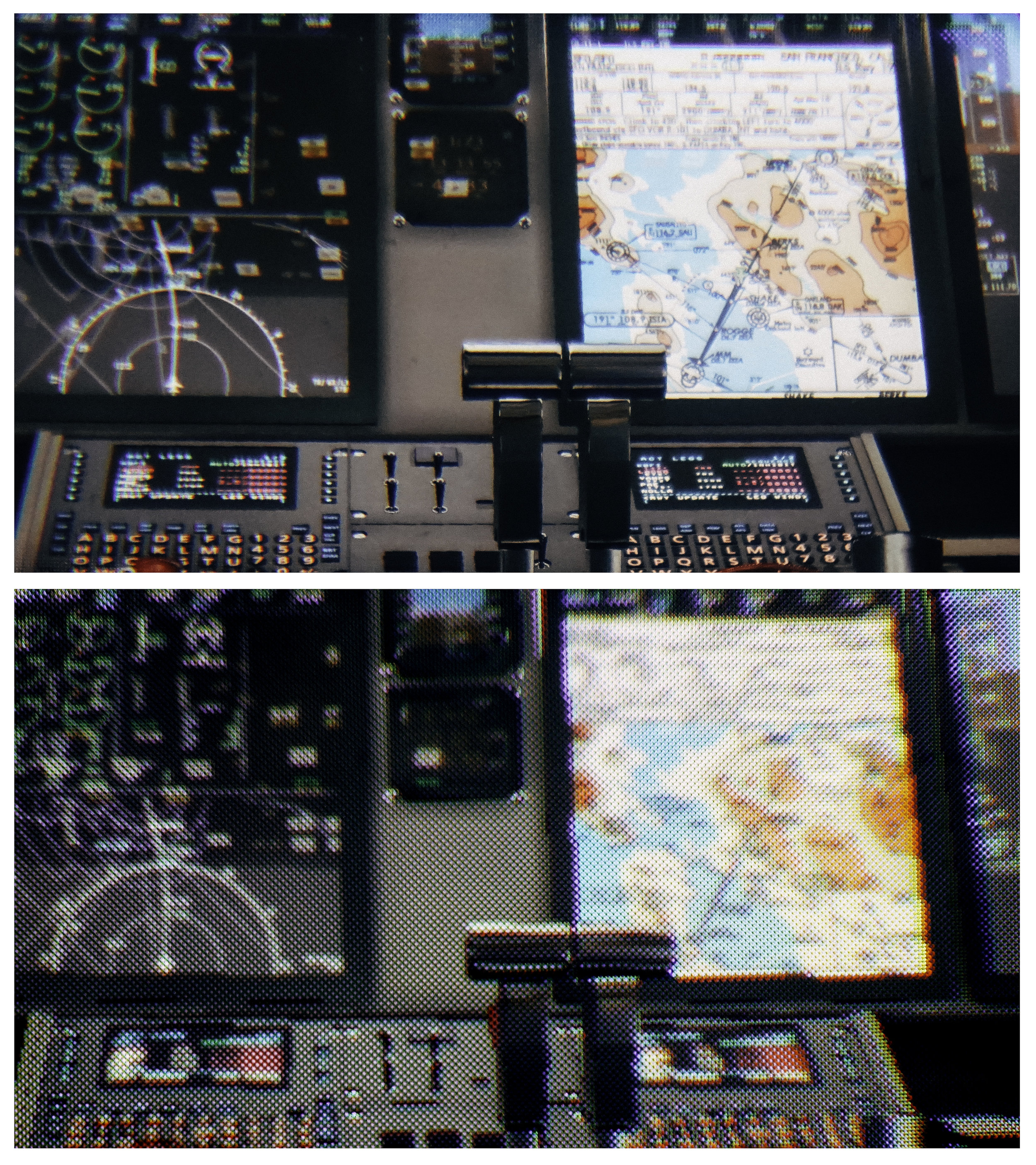Going beyond today’s VR systems, therefore, requires utilizing new technologies, and nowhere is that truer than in the displays that are used to create the visual aspect of the experience. Finnish company Varjo, which means “shadow” in Finnish, has come out of nowhere to introduce new display technology that promises to equal the human eye.
One of the problems with current VR headsets is that its relatively low resolution is incapable of allowing users to view particularly fine visual elements. Examples include the instruments in a virtual airplane cockpit, text on a virtual web page, and the details on a 2D architectural drawing.
Varjo hopes to change all of that, with its “20/20” system, which it calls “the first human eye-resolution VR/AR/XR immersive display.” The technology provides 70 megapixels of detail, or 70 times as detailed compared to today’s 1-megapixel displays used by current VR systems from Oculus, Vive, Microsoft, and Magic Leap.
As Varjo’s CEO and Founder, Urho Konttori, puts it:
“Varjo’s patented display innovation pushes VR technology 10 years ahead of the current state of the art, where people can experience unprecedented resolution of VR and AR content limited only by the perception of the human eye itself. This technology, along with Varjo VST, jump-starts the immersive computing age overnight — VR is no longer a curiosity, but now can be a professional tool for all industries.”
Varjo doesn’t provide much in the way of details on how the 20/20 technology works, but it has actively demonstrated it to various media and it promises that it will show up in preview products by the end of 2017. These initial products will be aimed at professional users and applications, and they won’t be cheap — according to Wired, Varjo is using a pair of Sony OLED microdisplays that pack full HD (1920 x 1080) into 0.7-inch sensors that by themselves costs $900 each.
Coupled with video-see-through (VST) technology, Varjo’s solution will provide for entirely new of immersive VR and augmented reality (AR) solutions that will be the first to provide human eye-resolution experiences. Don’t get too excited yet, however — improvements in other technologies, such as the graphics chips that need to drive the new displays, will also need to occur before final products will ship.





